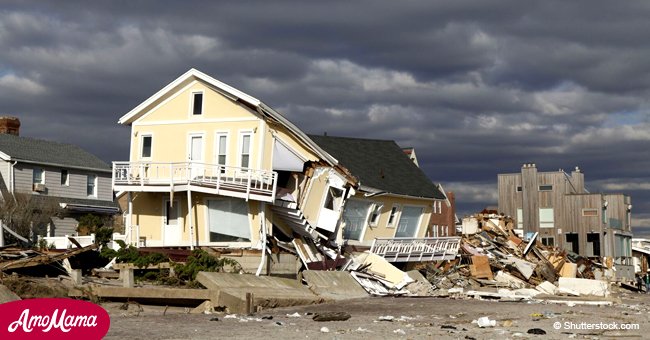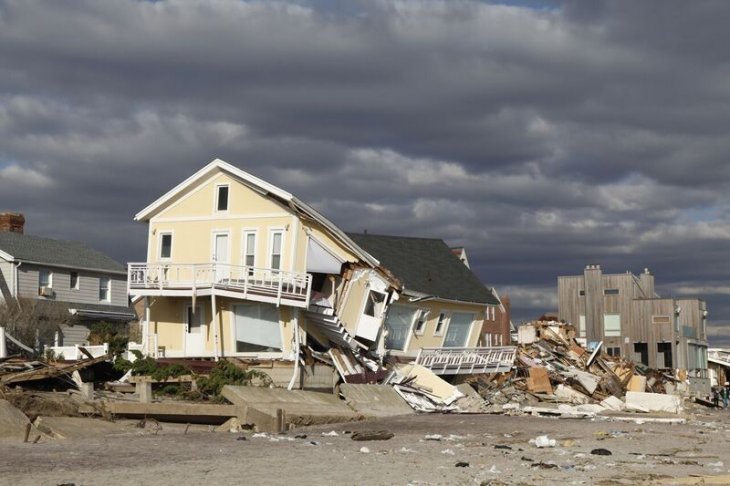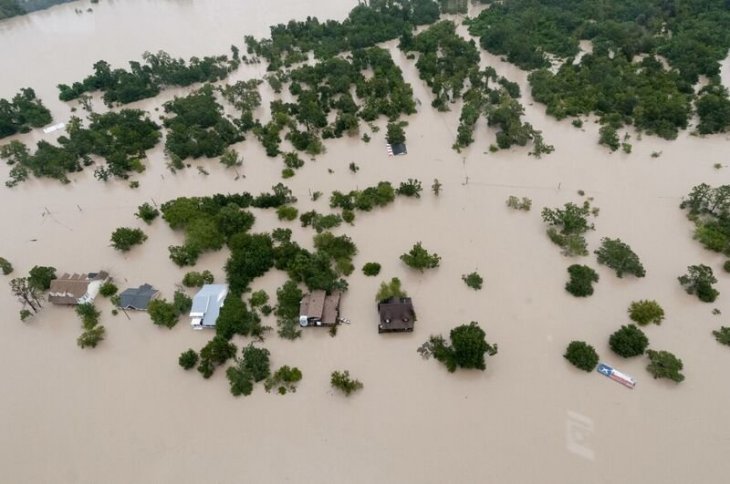
Hurricane season 2018: What to expect and how to prepare
Researchers predict that the 2018 Atlantic Hurricane Season will be an active one with a forecast of 10 to 16 named storms.
Hurricanes are formed over warm ocean waters before moving inland. They are most active during September and can affect more than a 100 miles.
The season runs from June to November and residents in affected areas are urged to prepare in advance.
Areas along the U.S coast are at high risk, especially along the Pacific and Atlantic oceans. Read more on our Twitter account @amomama_usa.

Source: Shutterstock
WHAT TO EXPECT
Forecasters are expecting an average of seven to nine hurricanes this year and have already named Hurricanes Beryl and Chris, and tropical storms Debby, Alberto, and Ernesto.
This season holds some uncertainty too. While warm water is a significant contributor to the formation of hurricanes, it remains a complicated interplay of variables.
Climate change is also a contributing factor, and it affected the levels of rainfall during Hurricane Harvey in 2017 by almost 20 percent.
That said, 2018 is "quieter" than the 2016 and 2017 seasons, with Beryl classified as category one hurricane, and Chris as a category two.
HOW TO PREPARE
FEMA suggests that families practice their evacuation plan ahead of time, such as leaving the premises in a hurry and traveling the route to a shelter.
Stock up for three days with essentials like food and water, and keep each person's specific needs in mind when it comes to dietary choices and medication.
Keep supply kits in different locations if possible, and assist community members with building a kit if you have the means to do so.
Service your car to ensure that it is a good working condition. Keep extra gas and supplies in the trunk if needed, as well as a spare change of clothes.

Source: Shutterstock
The safest spot during a hurricane is in a sturdy room with minimal windows and doors on the ground floor of a building.
If the building floods, proceed to the highest point but steer clear of the attic as flood waters could hinder your escape later on.
Citizens are advised to help their neighbors and animals if they are in a position to do so. Back in 2017, a Louisiana resident rescued a cat from a swamp.
Hurricane Harvey left devastation in its wake, and the poor feline was trapped in a tree. The resident managed to secure the cat in a carrier and took it to the local shelter.
HURRICANE HARVEY
During the 2017 hurricane season, Dickinson, Texas was ravaged by Hurricane Harvey's flash floods. Houses and vehicles were submerged under 7 feet of water in a matter of hours.
Many of the residents were asleep at the time and unprepared, thinking the higher altitudes of Dickinson would spare them from the floods.
Coastguard and volunteers rescued residents from their rooftops. In many instances, homeowners used axes to punch their way through the ceilings.
The category 4 Hurricane Harvey raged for more than two weeks, taking the lives of 107 people and caused damages of approximately $125 billion.
